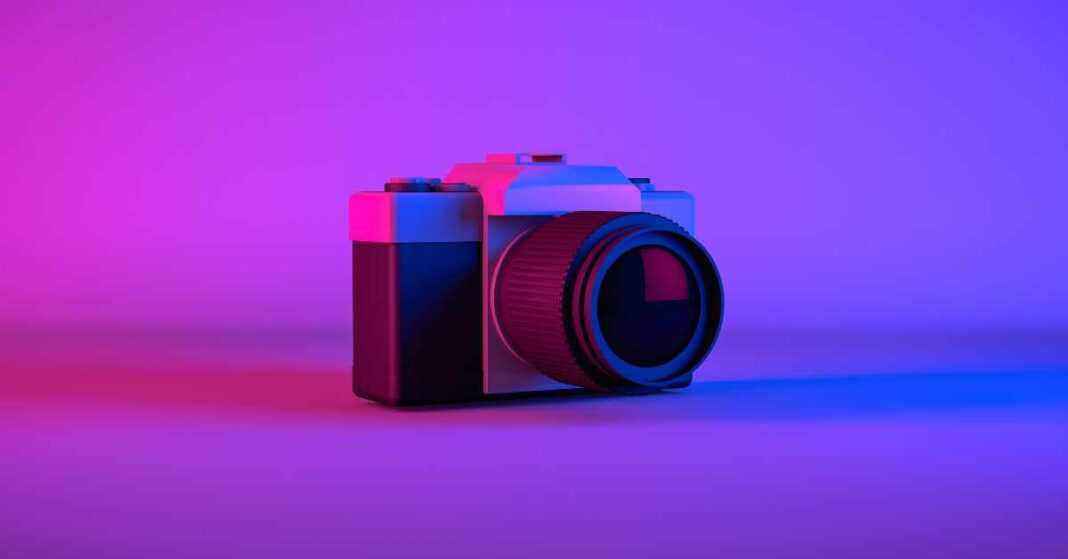In today’s rapidly evolving technological landscape, artificial intelligence (AI) continues to be at the forefront of innovation. Thanks to new and more efficient developments in processing power and algorithms, AI is transforming various industries — including camera technology.
The fusion of AI and cameras has led to revolutionary advancements in society, from AI cameras improving road safety and enforcing driving or parking regulations to smartphone cameras enhancing the way we capture personal memories. This article provides a deeper look into the latter, exploring AI and camera technology used in consumer-level devices like smartphones and modern digital cameras.
AI and camera technology
Researchers and engineers are constantly seeking innovative ways to improve image processing and analysis: just see how DeepMind’s new automated system AlphaTensor can discover faster algorithms to carry out fundamental tasks such as matrix multiplication. It, therefore, comes off as no surprise that, at its most basic development, advancements in deep learning algorithms have enabled AI-powered cameras to recognize objects, faces, and scenes with remarkable accuracy. These algorithms leverage vast datasets to “learn” and make intelligent decisions, producing more efficient and sophisticated image processing capabilities.
Use and development of AI cameras
AI cameras have found applications in various sectors, including surveillance, healthcare, automotive, and consumer electronics. The integration of AI enables cameras to perform complex tasks autonomously, such as tracking objects in real time, identifying anomalies, and enhancing image quality.
Smartphones, which have become an indispensable part of our lives, have embraced AI technology to significantly improve camera capabilities as well. AI-powered features in smartphone cameras, such as the AI Stereo Depth Map of the Samsung Galaxy S22, have empowered users to capture stunning images effortlessly. Moving beyond smartphones, modern digital cameras are also adopting AI technology for better functionality. For instance, the Canon EOS R5 and the Sony Alpha a7 III have an intelligent tracking autofocus system that utilizes machine learning.
This system can recognize and track subjects, ensuring sharp and clear images even in challenging shooting scenarios. This technology provides professional and amateur photographers with enhanced control and better results.
Other significant developments
Several brands and companies are making significant impacts in the AI camera technology industry. Sony, for instance, has been incorporating AI-powered image sensors in their cameras, offering improved low-light performance, faster autofocus, and real-time object tracking. Fujifilm is another notable player in the AI camera domain, with its proprietary X-Processor 4 chip leveraging AI algorithms to optimize image processing and provide accurate autofocus. This technology is seen in their popular mirrorless camera series.
Moreover, major smartphone manufacturers like the aforementioned Samsung, alongside Apple and Google, have invested heavily in AI camera technology. Smart blurs, object removal, and skin tone exposure are only a few of the automated tools of Google’s latest Pixel 6 camera, and the global AI camera market is still expected to grow into a $33.3 billion industry by 2027.
Innovations in real-time processing, image recognition, and natural language processing will likely lead to more intuitive and user-friendly camera interfaces. With brands like Canon, Sony, and Fujifilm spearheading the industry and major smartphone manufacturers integrating AI camera technology in their devices, the future of AI-powered cameras is bright and full of possibilities. As AI and camera technology continue to merge, we can look forward to witnessing groundbreaking innovations that redefine how we perceive and interact with the world through a camera lens.
Also Read: Is Artificial Intelligence Attracting and Retaining Consumers?









![Imginn Instagram Story and Photos Anonymous Viewer Tool [Free] Imginn](https://www.iblogtech.com/wp-content/uploads/2023/09/imginn-150x150.webp)




